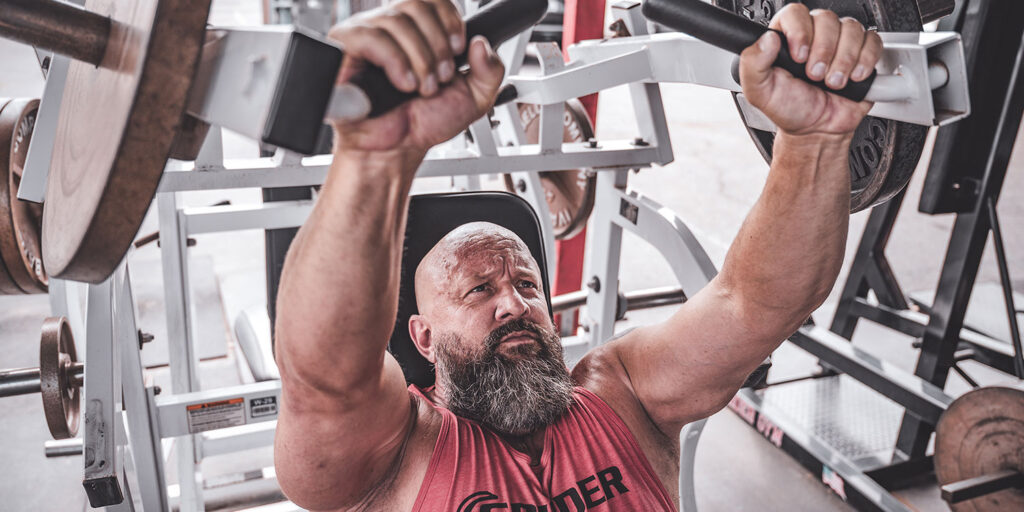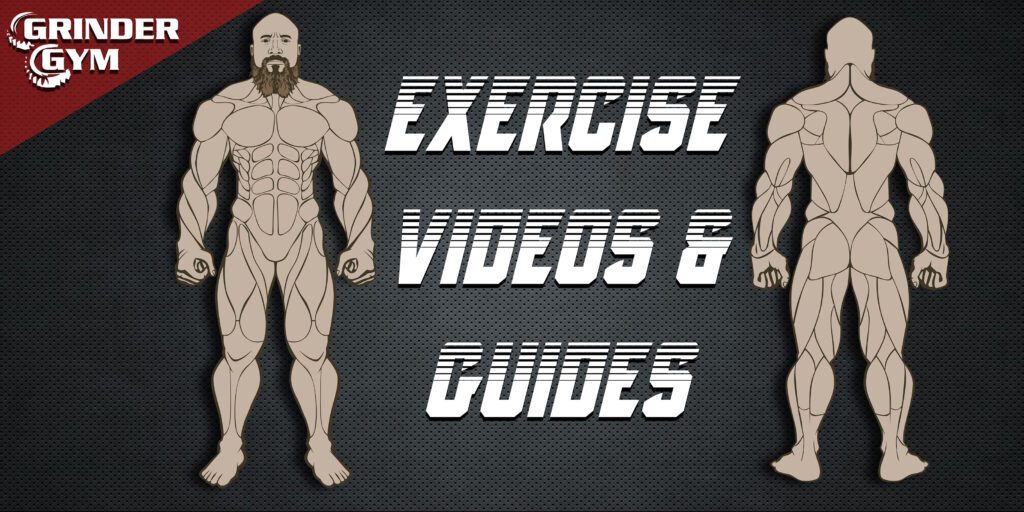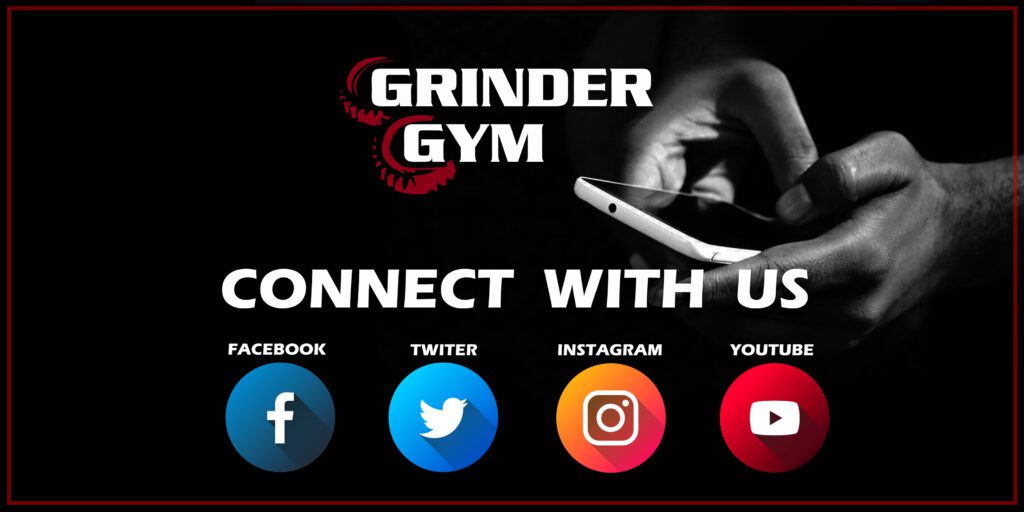
Upper-chest training is an important part of any well-rounded workout routine, as it helps to improve the appearance and strength of the upper chest muscles, which can enhance posture and overall upper body strength. Here are a few simple tips to help you get started with upper-chest training:
- Choose the right exercises: There are several exercises that can target the upper chest, including incline bench press, incline dumbbell press, and incline push-ups. Choose a combination of these exercises to fully work the upper chest muscles.
- Use proper form: Proper form is crucial for maximizing muscle activation and minimizing the risk of injury. Make sure to keep your shoulders back and down, and use a full range of motion when performing upper-chest exercises.
- Vary your incline angle: The incline angle of the bench or body position can greatly impact which muscles are being targeted during upper-chest exercises. Experiment with different incline angles to fully work the upper chest muscles.
- Increase the weight gradually: As with any exercise, it’s important to gradually increase the weight you’re using to challenge your muscles and continue making progress. Start with a weight that you can comfortably lift for 8-12 reps and gradually increase the weight as you get stronger.
- Don’t neglect the rest of your chest: While it’s important to focus on the upper chest, it’s also important to continue training the rest of your chest muscles for balance and overall chest development.
By following these simple tips, you can effectively train your upper chest muscles and achieve a stronger, more defined upper body. Remember to always warm up properly before exercising, and to listen to your body, and adjust your training as needed.

